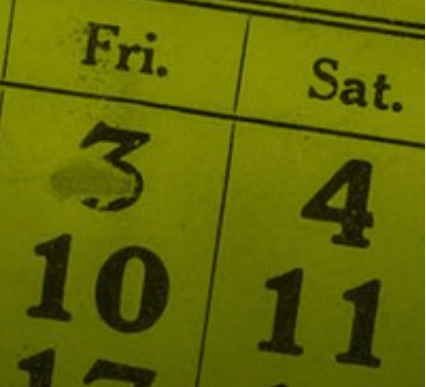9 April: On this day in history
What events happened on 9 April in history? We round up the events, births and deaths…

9 April 1511
The foundation charter of St John's College, Cambridge, was sealed by the executors of the foundress and mother of King Henry VII, the late Lady Margaret Beaufort, who died in 1509.
9 April 1553
French doctor and satirical writer Francois Rabelais died in Paris. He is best known for his Gargantua and Pantagruel, books whose bawdiness and anti-clericalism attracted the displeasure of both the church and Paris’s theological college, the Sorbonne.
9 April 1682
After discovering the mouth of the Mississippi river, French explorer Robert Cavalier de la Salle formally claimed the territory for France, naming it La Louisiane (Louisiana) after the French monarch, Louis XIV.
9 April 1747
Simon Fraser, 11th Lord Lovat, is beheaded for treason on Tower Hill.
9 April 1838
The new National Gallery building opens to the public in Trafalgar Square. It is designed by Norfolk architect William Wilkins to house the national collection which had previously been on display in a town house in Pall Mall.
9 April 1882
Dante Gabriel Rossetti (1828–82) was an English poet, illustrator, painter and translator, and one of the founders of the Pre-Raphaelite Brotherhood in 1848. Famous for using colour, design and symbolism to reflect his moods and ideas, Rossetti is particularly well known for his depictions of ethereal women.
9 April 1909
Britain's first covered-top double-decker buses take to the streets in Widnes, Cheshire. The four 34-seater Commer buses, each costing £844, had taken four days to complete the 170-mile journey from Luton where they were made.
More like this
9 April 1940
German troops invade Denmark and Norway, ostensibly to protect them from Franco-British occupation. Denmark capitulated within hours but the Norwegian army, with French, British and Polish support, fought on for two months.


From the makers of HistoryExtra, try 6 issues of BBC History Magazine or BBC History Revealed for just £9.99 + FREE access to HistoryExtra (including ad the free Podcast) worth £34.99.




